Contents
When running a hospitality establishment, you want to make sure you’re cutting unnecessary costs while operating at peak efficiency and compliance. You want to choose the perfect commercial kitchen cleaning equipment for the job. The trouble is, you can’t predict exactly how busy you’ll be. That can make it maddening to choose the right commercial dishwasher for the job. Is this one too big? Is this one too slow? Will this one fit? Will this other one be appropriate for wine and pint glasses without being too slow?
A dishwasher is a large and frequently expensive commitment, so it’s important to know what you’re committing to. Even a simple used commercial dishwasher should be carefully considered. Here are the different kinds of commercial dishwashers and what makes each one useful and viable as a choice.
The Undercounter Dishwasher
This model of dishwasher most closely resembles the typical dishwasher in homes. Also called a front loader, these models are designed to fit under the standard bar or kitchen counter. Much like many home dishwashers, they can only wash one rack at a time. Some specific commercial brands now have two racks, contact Warewashing Solutions your dishwashing specialist on these models. While this might not be enough in larger, busier kitchens, it’s plenty for smaller setups.
The main difference between a commercial under bench dishwasher and a home model is speed. While a home dishwasher takes anywhere from one to three hours to complete a full cycle, the commercial version takes no more than a few minutes. In other words, despite their small size, these machines are optimised for the fast-paced kitchen or bar environment. Service connections are generally the same, the difference may be in the power required – usually 15amps – with a hot water connection.
The Pass Through
The commercial pass through dishwasher, also known as a hood dishwasher, is excellent for spacious kitchens with a steady but not overwhelming rhythm. These operate with a long inlet and outlet bench and a hood, which can be pulled down over a rack to automatically begin washing it. The bench extends out on either side of the hood to allow more racks to be readied or unloaded in the meantime. There’s minimal running around and carrying involved thanks to the built-in counter, which saves time and energy for workers.
These machines are notably larger than undercounter models, being too tall to fit underneath any counter. They also use slightly more electricity. However, they’re a sound investment for kitchens that are simply too busy to settle for a smaller model. Ventilation is important on these machines, usually a canopy is required, some brands now offer integrated ventilation systems in the machine, these usually offer energy reduction / recovery options. See your dishwashing specialist – Warewashing Solutions to specify the correct unit for your site.
The Conveyor and Flight Type Dishwasher
The conveyor and “flight type” are much larger dishwashers, suitable for the largest and busiest kitchens. These massive machines take racks along a long conveyor to wash them thoroughly but quickly. Conveyor models hold multiple racks’ worth of plates, and with fast cycles, they can wash hundreds of plates in less than half an hour.
These industrial dishwashers consume a lot of power to operate, and they take up a large amount of space. It’s best to not buy one unless it’s absolutely necessary for your productivity and customer satisfaction. Conveyor models almost always have a drying feature alongside their wash cycle, meaning workers needn’t waste time waiting or drying by hand.
The Glasswasher
Even the quietest bars boast a sturdy glasswasher to help with keeping on top of the cleaning. This looks just like your typical commercial dishwasher for sale, but it’s optimised to clean fragile wine and pint glasses. While it cleans at sanitising temperatures, it uses less pressure to avoid shattering anything. Glasswasher with soft start allow for increased washing pressure, without glass breakages. It’s usually in the selection of glass racks, that can increase efficiency and reduce breakages. Rinse pressure is important on glasswashers, to remove all residue from the wash cycle and sanitize the glass.
Because these are designed to be in the bar area that’s visible to customers, commercial glasswashers are almost always undercounter size.
The Utensil Washer
These models are the same as the glasswasher above, except they focus on pots and cutlery rather than plates or glasses. If your menu is particularly diverse or your cross-contamination standards exceedingly high, you’ll want a separate machine to handle the frequent washing of pots.
Most locations will use dishwashers to clean utensils and pots and pans, if your machine offers a longer cycle, these are good alternatives to a larger utensil washer. In big production kitchens, bakeries, industrial factories, these are a must have. Being able to wash large trays, bins, mixing bowls and large pots, reduces labour costs and increase sanitization.
It’s all about using your dishwasher specialist company to direct you to the best balance of results v costs.

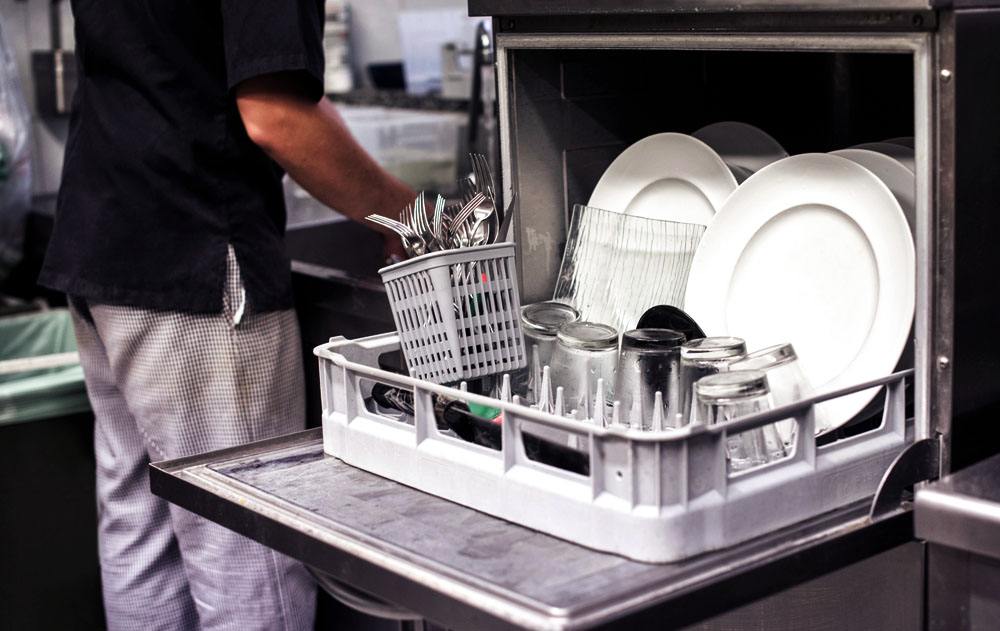
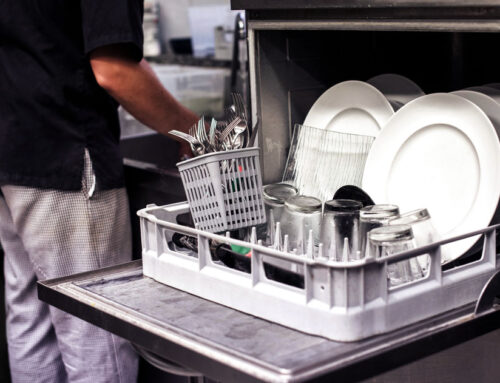
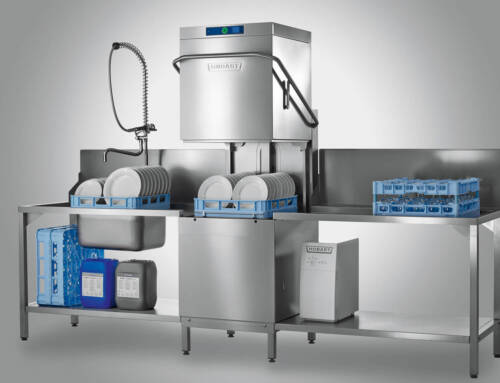
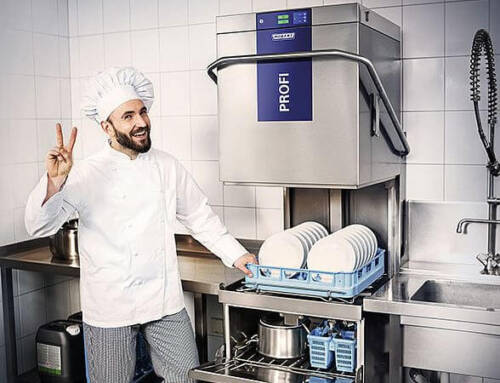
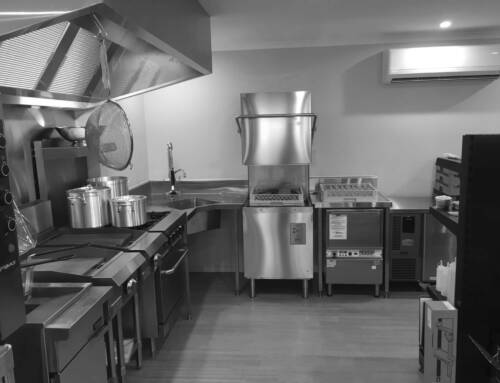
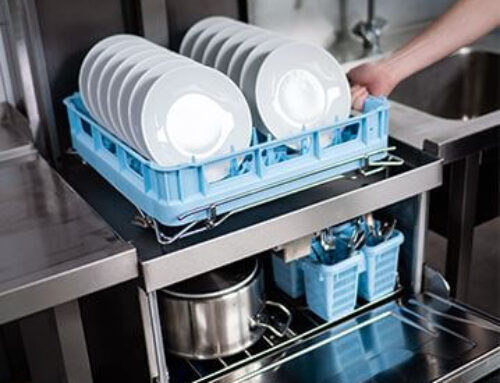
Leave A Comment